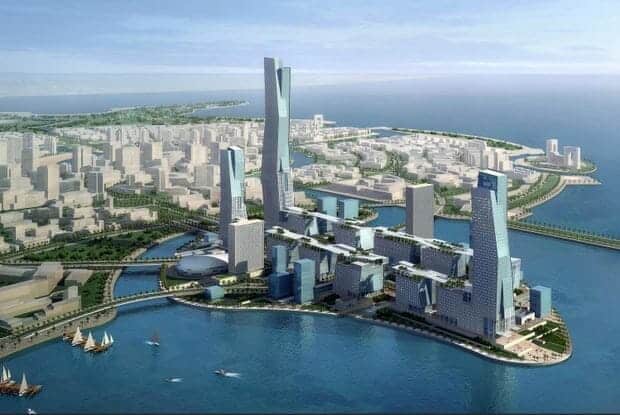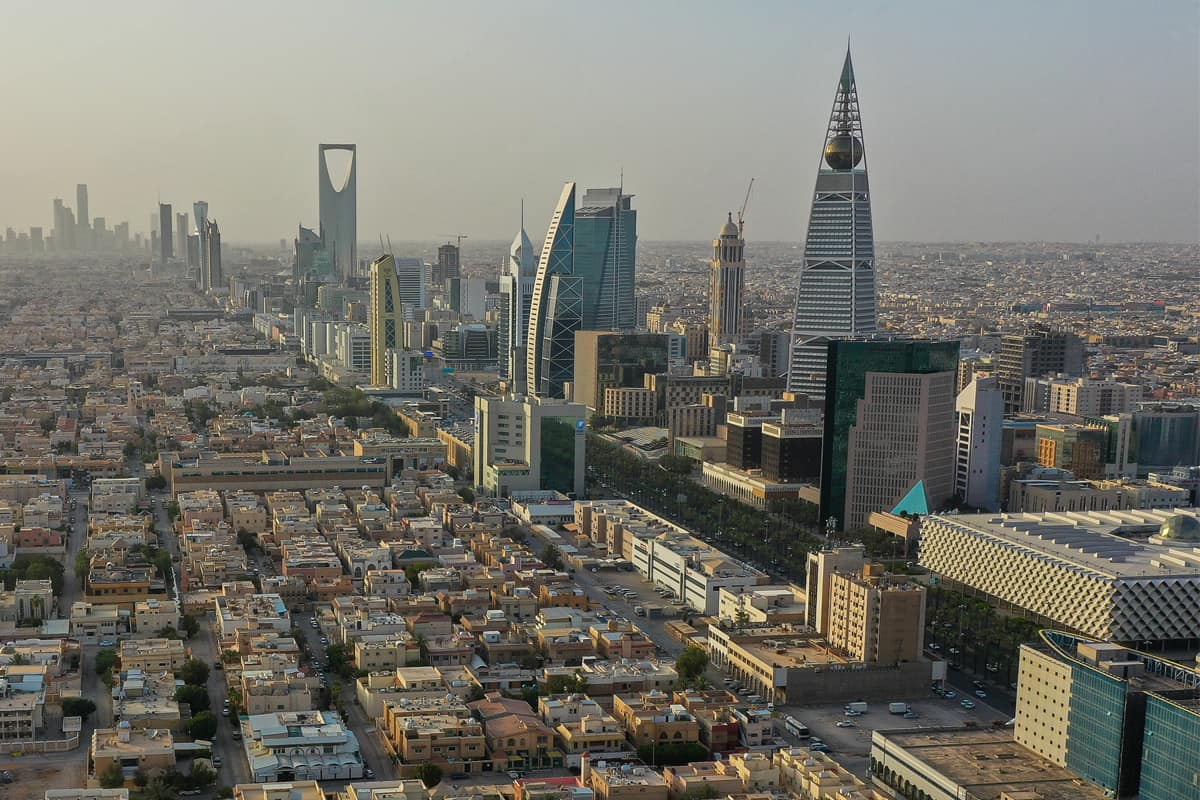Riyadh, Saudi Arabia – Saudi Arabia’s office sector, notably in the capital Riyadh, is witnessing an unprecedented surge in demand, with occupancy levels soaring to a record 97 percent and 85 percent for Grade A and B office spaces, respectively.
The main demand centers for office space in the kingdom are Riyadh and Jeddah, and Dammam Metropolitan Area (DMA).
According to global property consultancy Knight Frank, Saudi Arabia’s real estate market is experiencing a dynamic expansion across all sectors.
“The real market star remains the office sector. The demand for office space in Saudi Arabia is rising, and this is because Saudi Arabia is one of the world’s fastest-growing economies,” Faisal Durrani, Partner, Head of Middle East Research, told TRENDS. “We are seeing a lot of businesses from overseas interested in setting up and establishing themselves in Saudi- the number of business licenses issued increased by 54 percent during 2022, with a lot of that activity focused on Riyadh as a primary commercial nerve center.”

According to Durrani, prime rents in Riyadh have risen by 19 percent in the last year, while in Jeddah, they have risen by about 9 percent.
This has created the need for more office space. With Grade A office occupancy levels in Riyadh around 97-98 percent, the new businesses are having difficulty finding space, which has pushed rents up.
“Rents in the King Abdullah Financial District, for example, start at around 1800 Rials per square meter and can go as high as 2100 Rials per square meter. In the last 12 months, Grade A rents have risen by approximately 20 percent. Most businesses are focused on securing best-in-class grade-A space,” Durrani continued.
“However, we’re discovering that some businesses are now forced to consider less-than-ideal space because they don’t have many options. As a result, we’re seeing an increase in Grade B rents, which have risen by 12-15 percent in the last year. Rents in Jeddah are rising, but not at the same rate as in Riyadh. Riyadh is the epicenter of all commercial activity”, he added.
Strong Saudi economic growth last year of around 9 percent is also driving rents.. What’s more, the supply pipeline remains slim, with around 800,000 square meters of new offices planned in Riyadh by 2025.
“We expect demand to outstrip the supply, particularly as businesses remain focused on best-in-class space, which is likely to drive a bigger delta in the performance of Grade A and Grade B rents,” Durrani said.
He anticipates that rents will continue to rise, primarily in Riyadh, as that is where the majority of job creation appears to be taking place.
One of the most important sources of demand in Saudi Arabia, according to Durrani, is government-linked entities that are expanding and growing, particularly those that may be related to real estate in some way.
“In the last six years, 1.1 trillion dollars of real estate and infrastructure projects have been announced,” he said. “The companies and entities that are driving the megaprojects and giga projects are recruiting and expanding very quickly because we only have seven years to meet these deadlines of completing all these projects by 2030. As a result, that is where most of the demand comes from.”
According to Durrani, PIF-controlled entities, and other major players such as Diriyah Gate, NEOM, Red Sea Global, and Jeddah Central Development Company are the primary developers.








